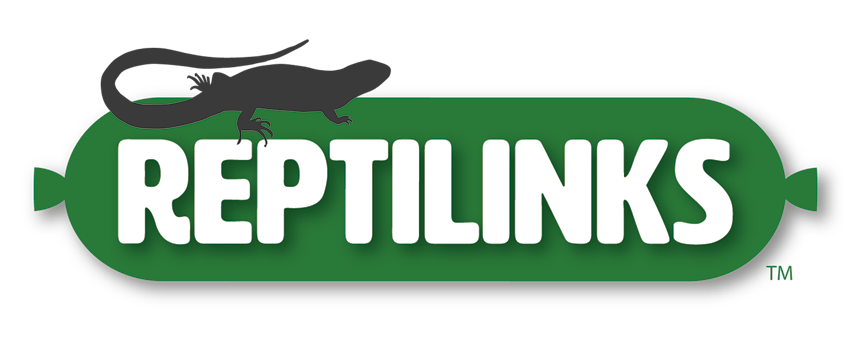Many reptile keepers are not yet aware of the new developments happening at the US Department of Energy. While some changes have gradually come into effect over time that have reduced the availability of certain inefficient light sources on the market, reptile keepers have generally been able to get by.
However, a more substantive change could be coming. If your animals rely on some of the common sources of light and heat available to the public—basking lights, infrared lamps, etc.—you should stay aware of what’s happening. Here’s a quick overview of what you need to know.
What Is Happening?
On May 9, 2022, the US Department of Energy published some restrictions on sales of certain types of lighting, specifically targeting the lights people use at home. In essence, they pushed to stop the manufacture and sale of some types of lights that were not very energy-efficient as a way to gradually force the public to adopt LED lighting, compact fluorescent lighting, and other options that use much less energy.
However, on April 19, 2024, the Department of Energy published further guidance on the term “GSL,” or “general service lamps.” These are lighting options that serve the basic purpose of illumination in a home and are used for general lighting. However, as it happens, many people have been relying on these types of lamps to heat their reptiles as well, because GSLs produce substantial warmth in addition to light.
The Department of Energy intends to implement a full ban of all general service lamps starting on July 3, 2024.
What Does This Mean for Reptile Keepers?
A full ban on the manufacture, distribution, and sale of GSLs will have an immediate and significant impact on reptile owners and other exotics keepers. Included within the scope of GSLs are all low- to medium-wattage bulbs, halogen inclusive. Currently, it appears that all such lamps under 125 watts will no longer be eligible for manufacture and sale. This means that the majority of reptile keepers, who keep animals that do not need large, commercial-sized heat lamps, will no longer be able to use the heat sources they are used to.
Currently, there is an exemption for heating-specific infrared lamps. However, this applies almost exclusively to 250 watt (and potentially 150w and 175w) lamps, which are too large for the average keeper.
As a result, we can expect a few things to potentially occur:
- Any lighting options that are suitable and fit around the ban may become more expensive
- Keepers may need to readjust their enclosures or potentially buy new ones to adjust to limited heating options
- A surge in demand for previously non-reptile-specific products may lead to supply chain issues
- People may not be able to meet the needs of their animals given the available resources
What to Do Next
The Department of Energy has not placed the ban into effect yet, and they are still receiving and reviewing notes about potential adjustments. The greatest need at the moment is to demonstrate that reptile lighting falls outside the blanket terminology encapsulated within the GSL category. This could be achieved by creating an exemption for lighting that is used specifically for animal care, allowing reptile basking lamps not to be counted as general service lamps because they are not being used for a generalized purpose.
However, in order to make this happen, the reptile community needs to get involved! The best way you can make your voice heard is by writing to the Office of the Assistant General Counsel for Enforcement in the Department of Energy. The email address energyefficiencyenforcement@hq.doe.gov is currently hearing further details on this issue.
Remember to be polite, and avoid hostility; while this is a challenging time, the people on the energy committee are seeing the big picture of inefficient lighting in homes nationwide—not the niche of hobbyists who will be affected. It is the role of these hobbyists to inform, not attack. Many activist groups, including the Reptile Lighting hobbyists and numerous zoos, are already working to educate the DoE as well.
Potential Alternatives for Incandescent Lamps
While it is too early to tell whether the Department of Energy’s ban on GSLs will come into affect with or without exemptions for reptile lighting, it is never too early to start preparing. Reptile keepers have many heating options available that do not fall under the GSL category, including:
- Ceramic heat emitters – These coils provide radiating heat without producing light. They are hot to the touch, so animals should not be allowed to come into contact with them. CHEs can last for multiple years depending on their use case, but you should pay careful attention to them! Because they do not put off light, you may not notice that they need to be replaced because there is no visual indicator of damage. Ensure they are producing warmth as part of your regular enclosure checks.
- Radiant heat panels – A radiant heat panel is typically attached to the top of an enclosure and, as its name suggests, radiates heat downward. These often remain cooler to the touch, but they take up much more room than a CHE. They should always be attached to a thermostat to ensure the panel does not exceed the safe temperature limit for your pet.
- Deep heat projectors – A DHP creates infrared A and B radiation that warms a surface (or reptile!) from inside. In other words, this type of lamp projects heat through an entire object rather than simply warming the outside. This can allow for heat to reach deep into a reptile’s muscles, which can be great for some species. However, DHPs do not produce light, so animals will still need a light source in order to regulate their circadian rhythms.

